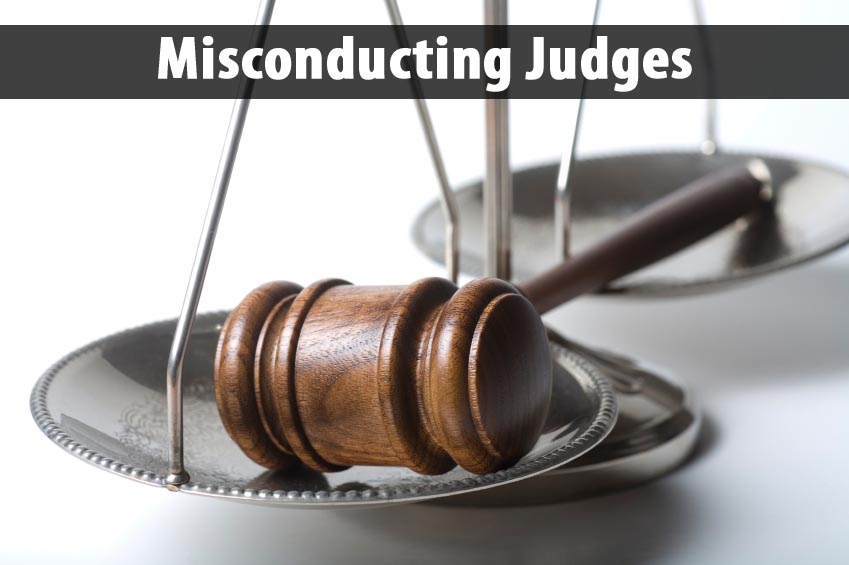- Home
- /
- Cover Story
- /
- Misconducting judges
Misconducting judges
Saumya Dev
5 Feb 2014 10:33 AM IST
Recently, country witnessed the most unimaginable act of bravado from a sitting judge of a High Court. Recommendation for appointment of 12 judges by the collegium in the Madras High Court was questioned by Advocates and their Writ Petition was being heard by a Bench comprising of Justices V Dhanapalan and K Sasidharan. Justice Karnan, sitting judge of the same court, a man not unknown...
Next Story



